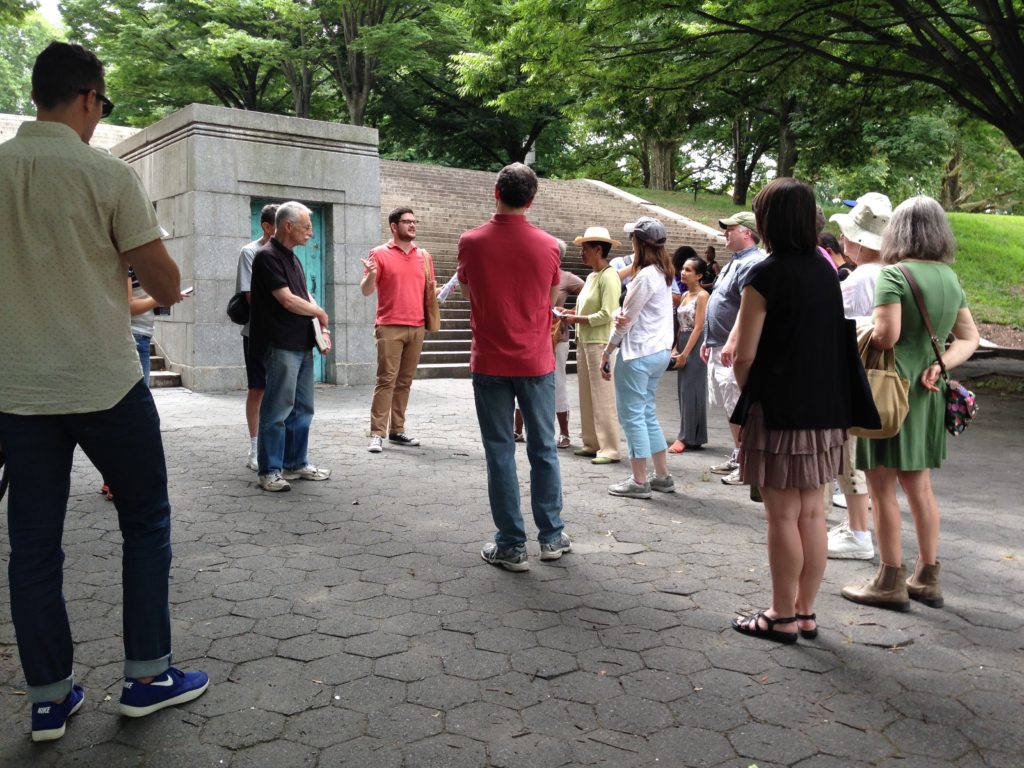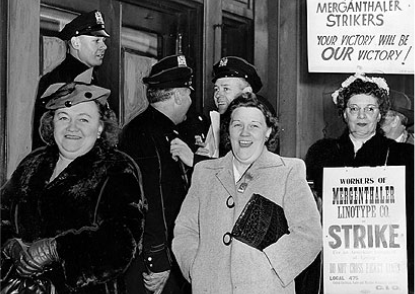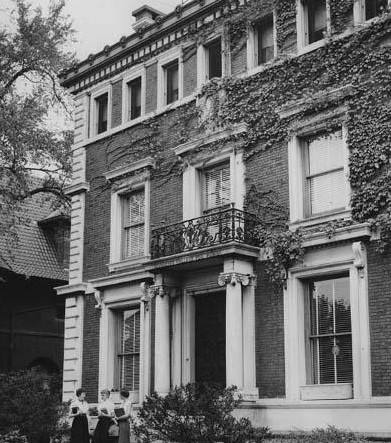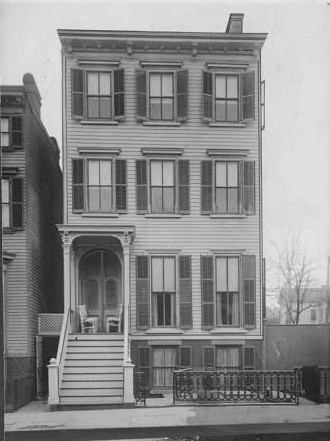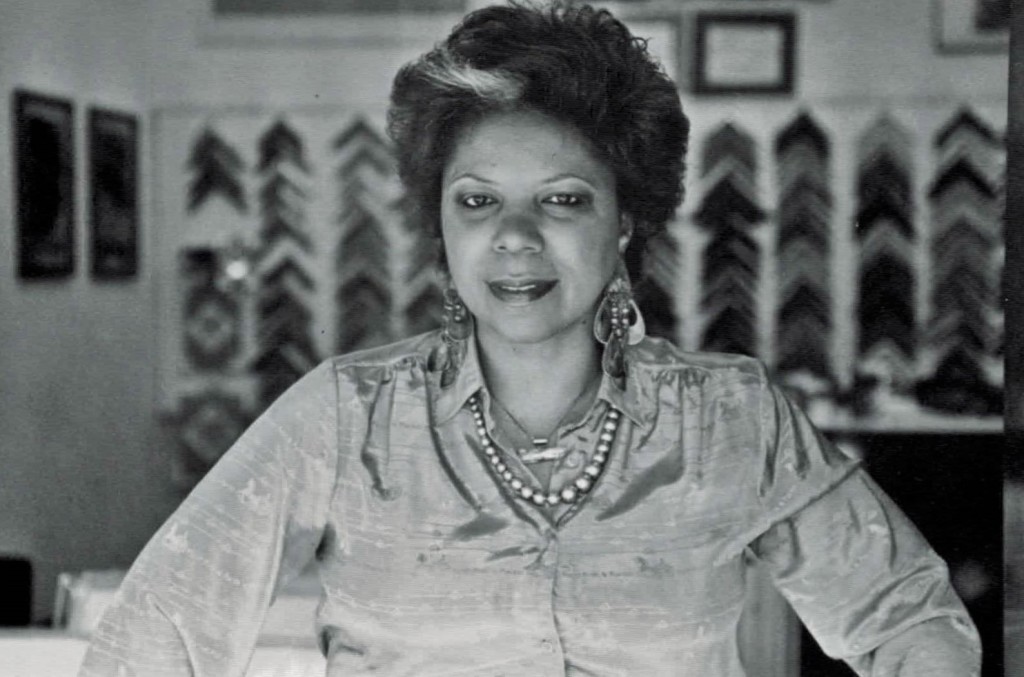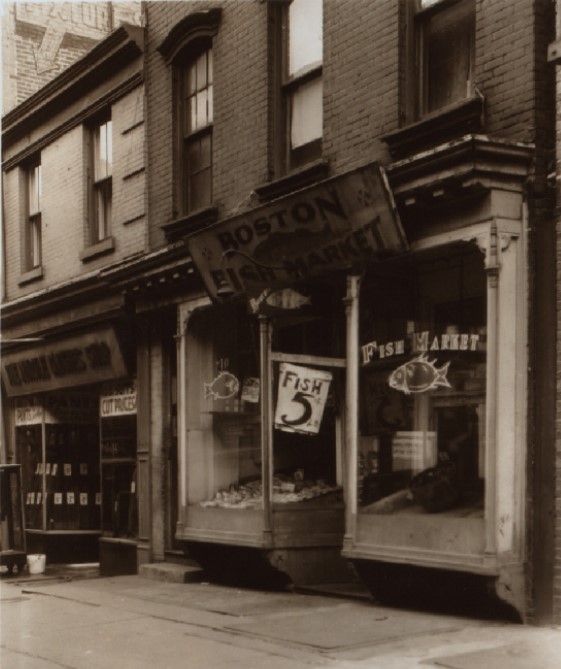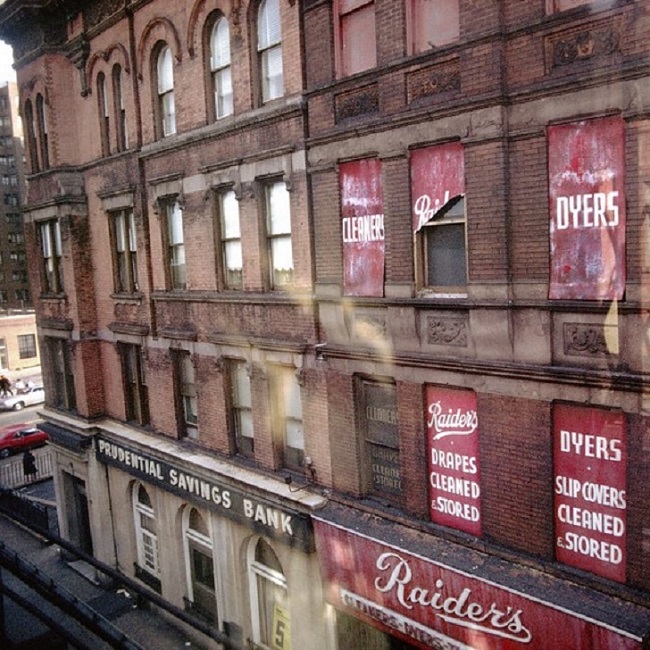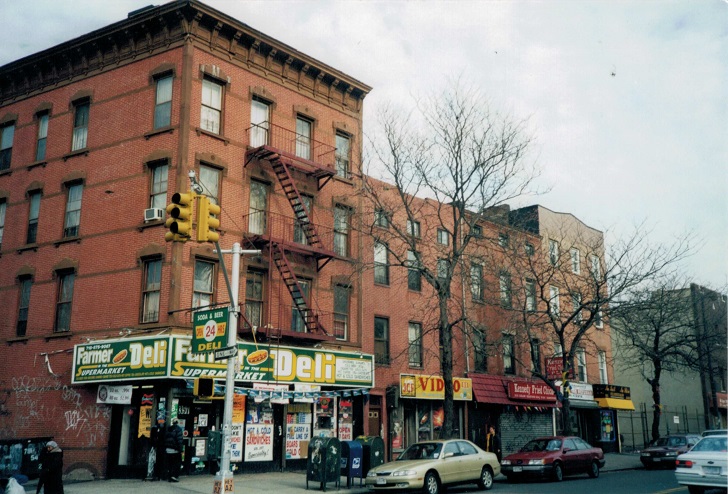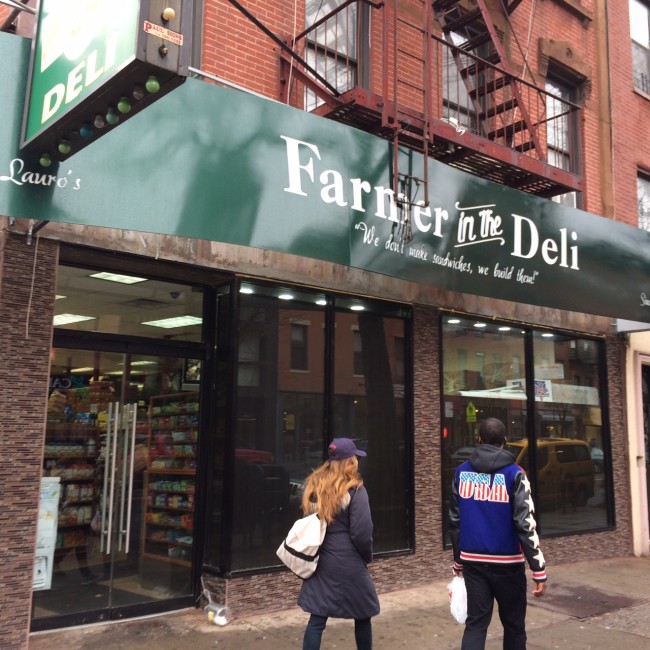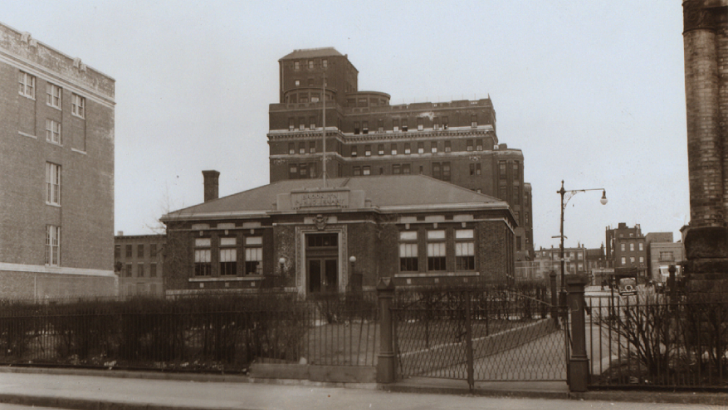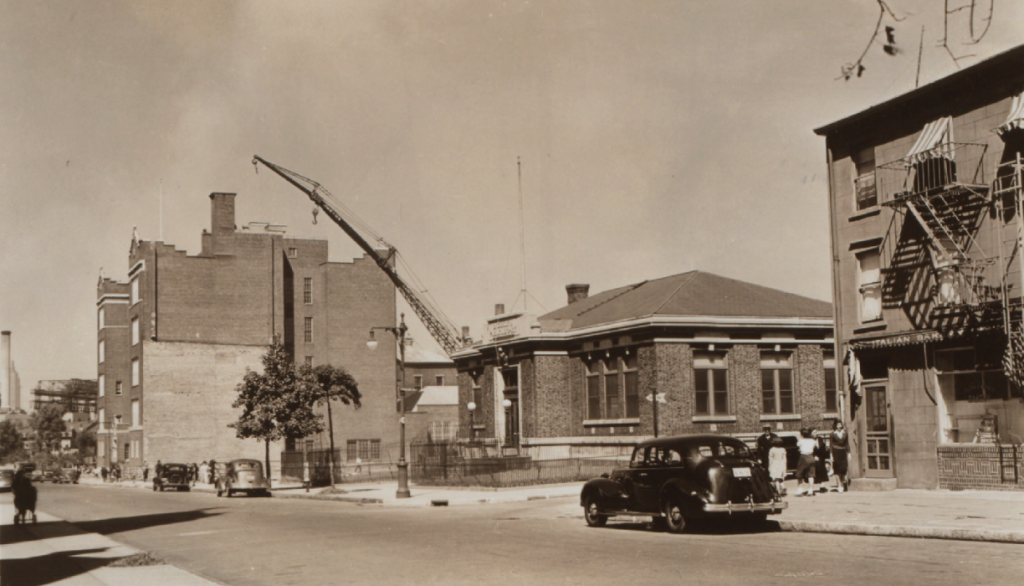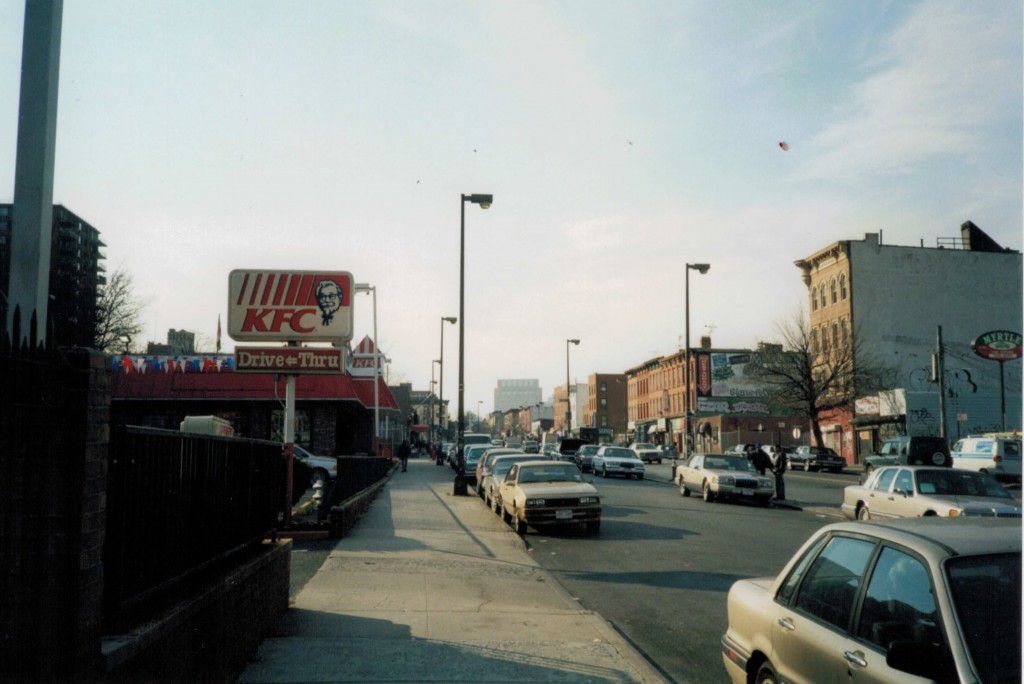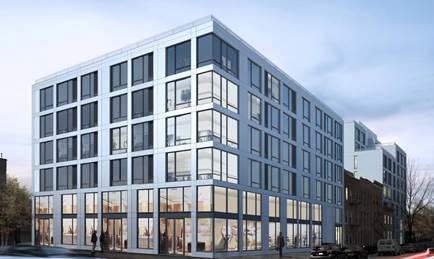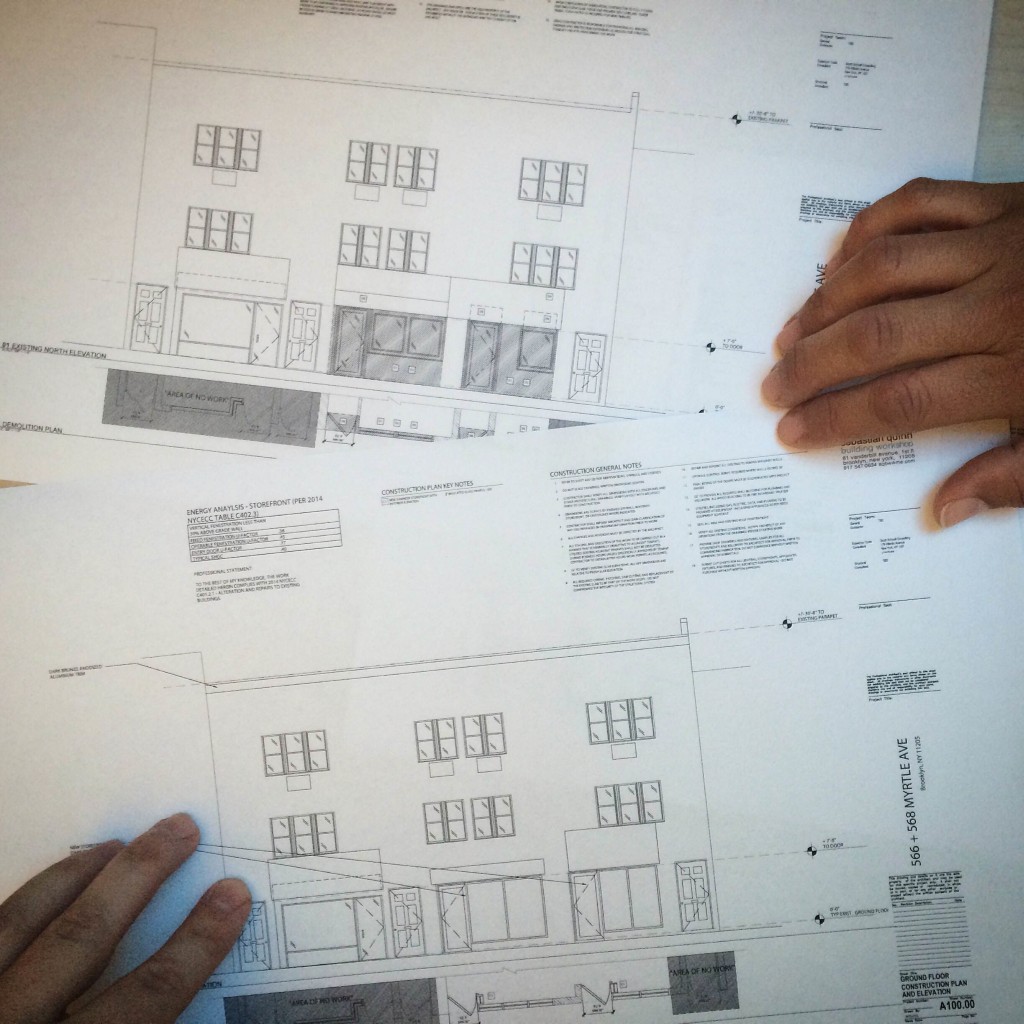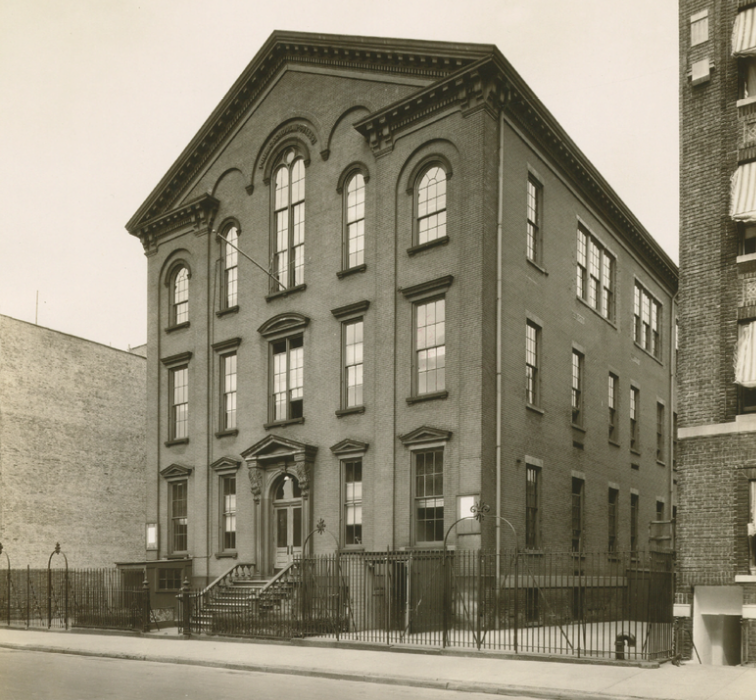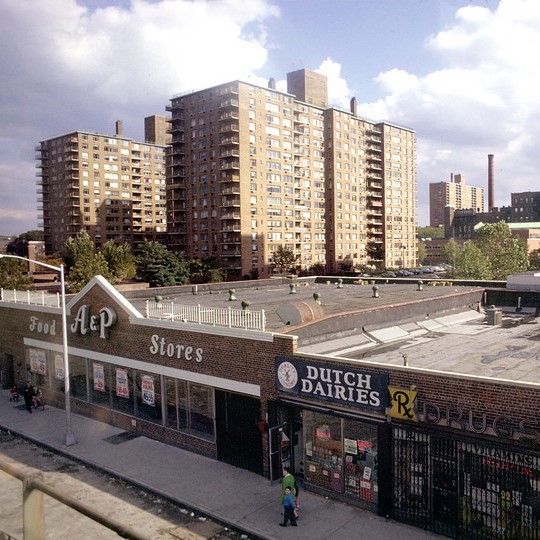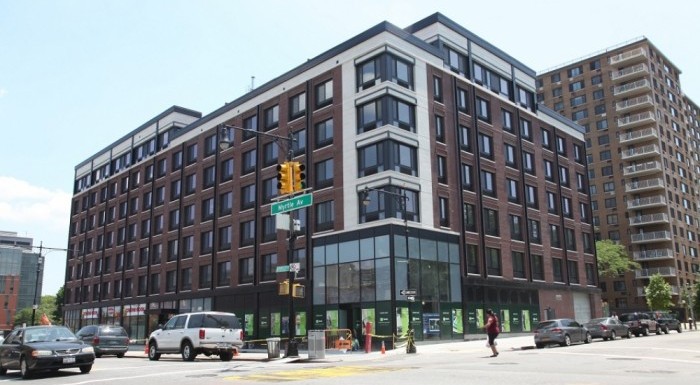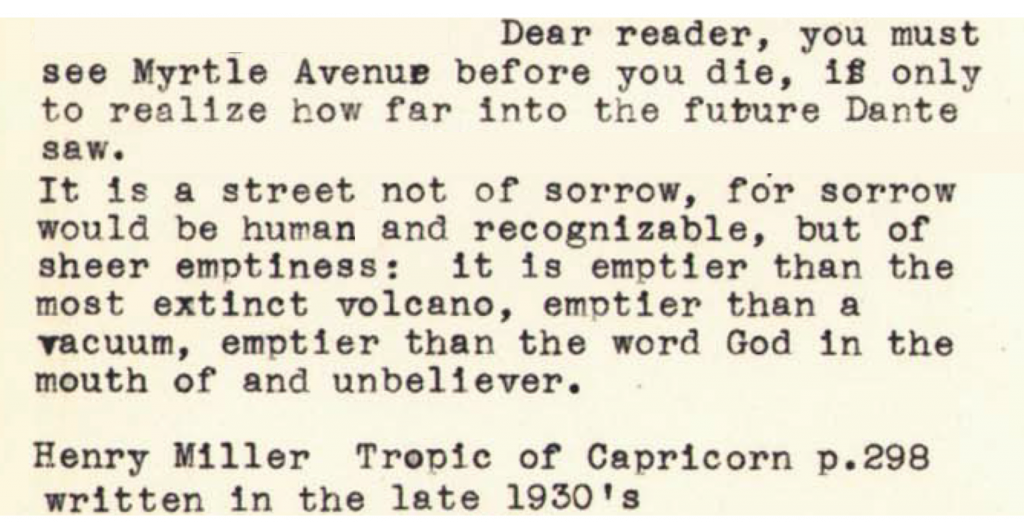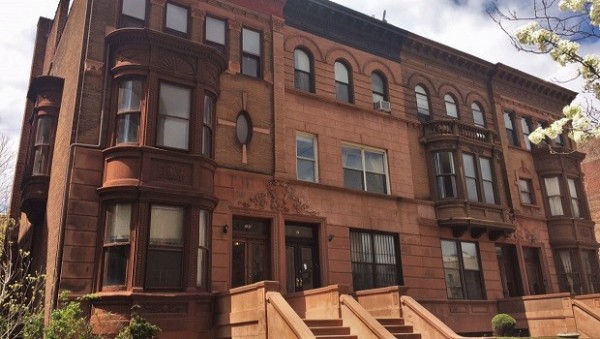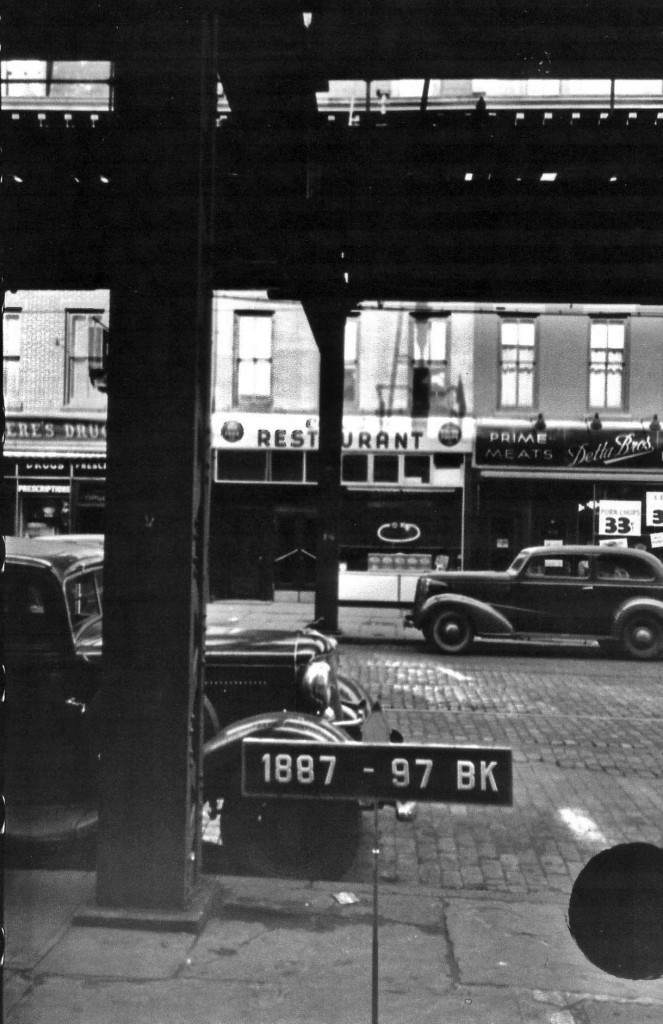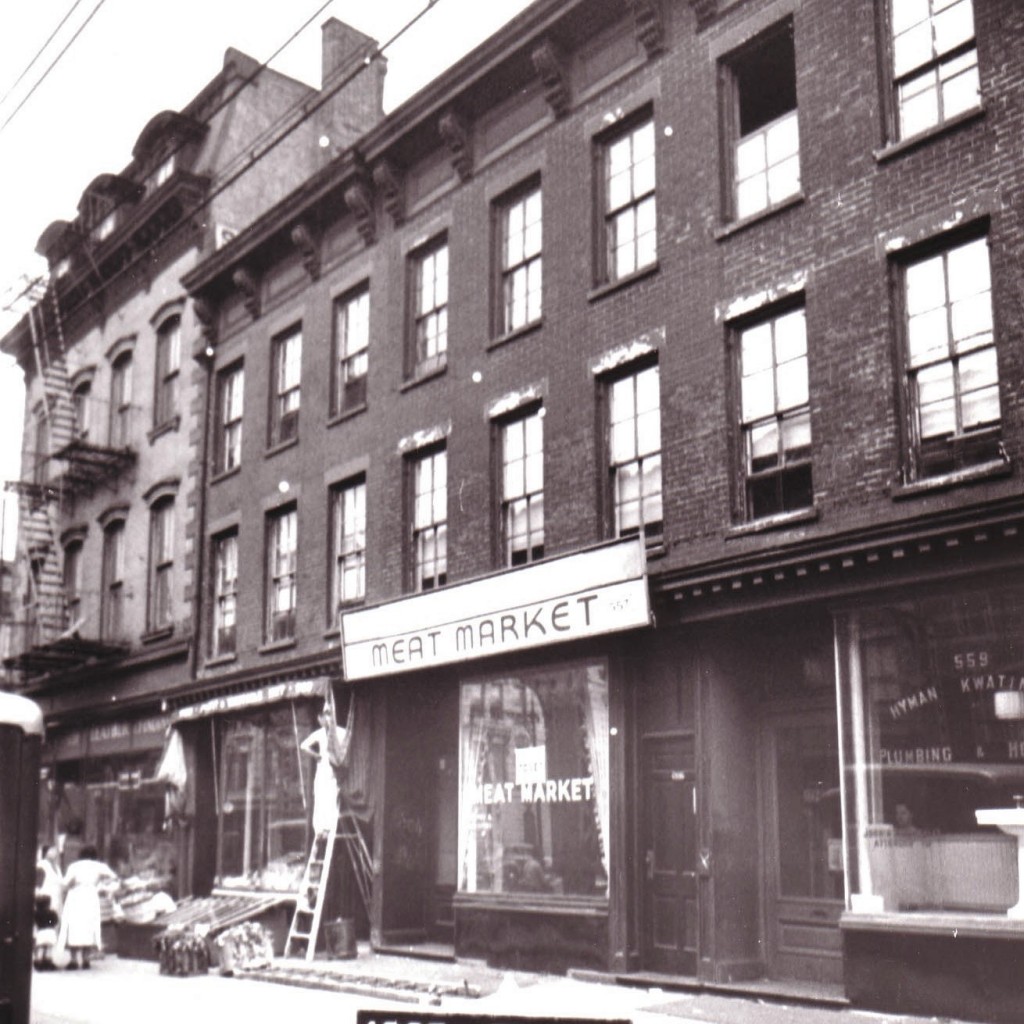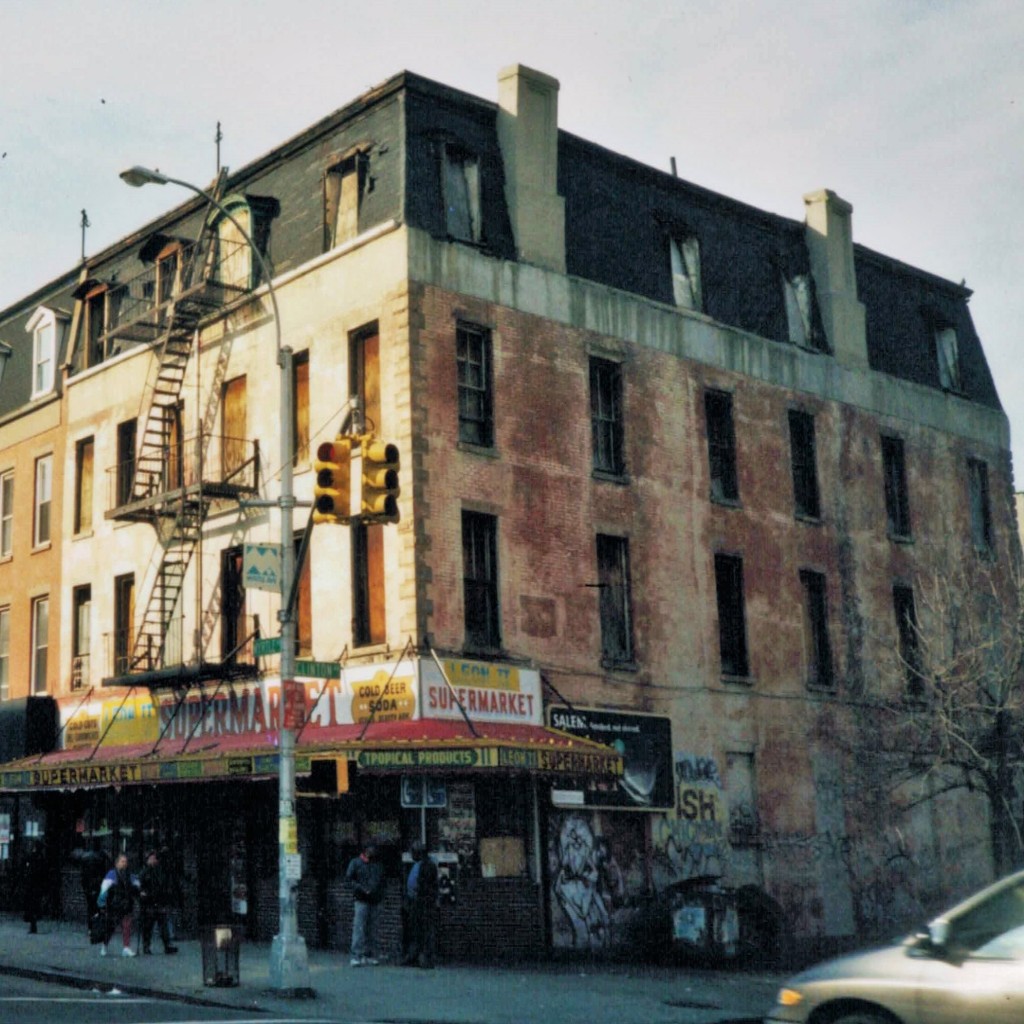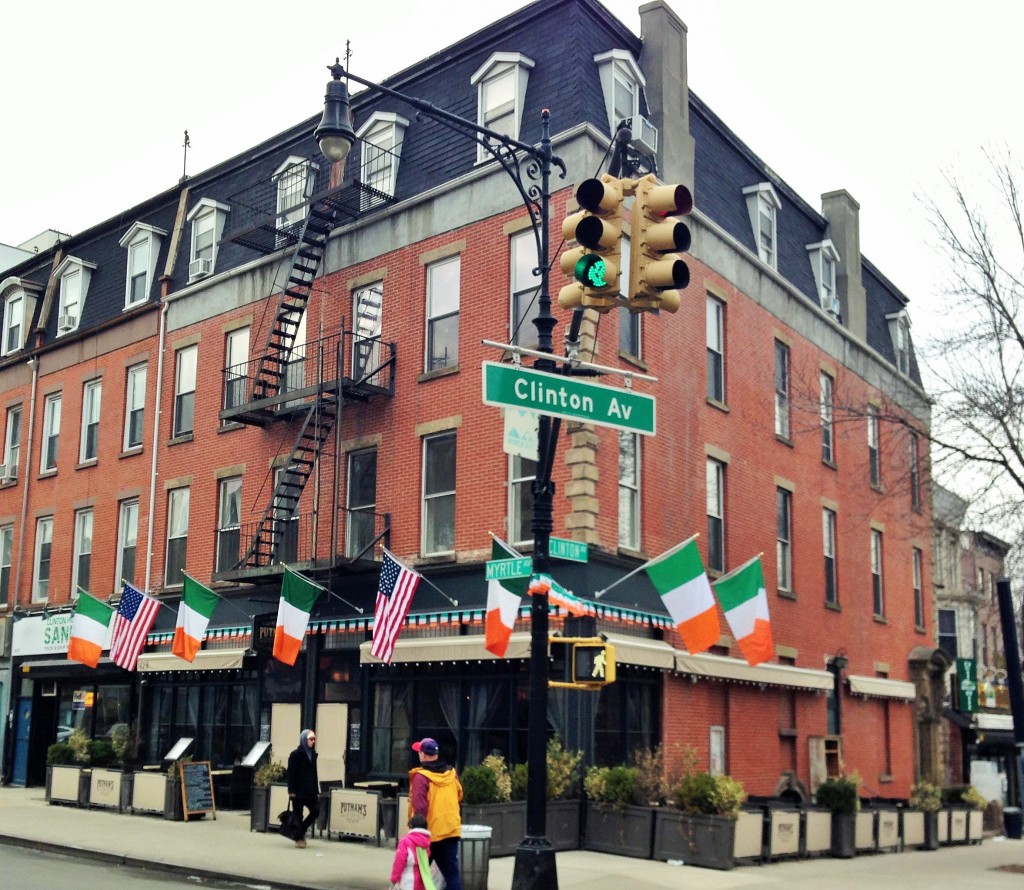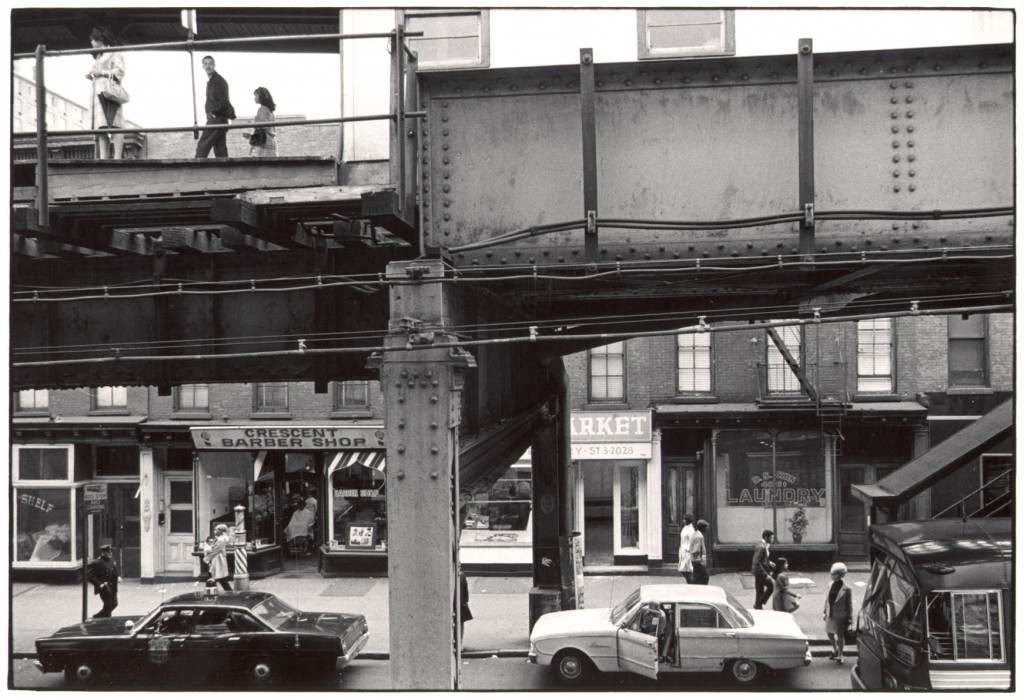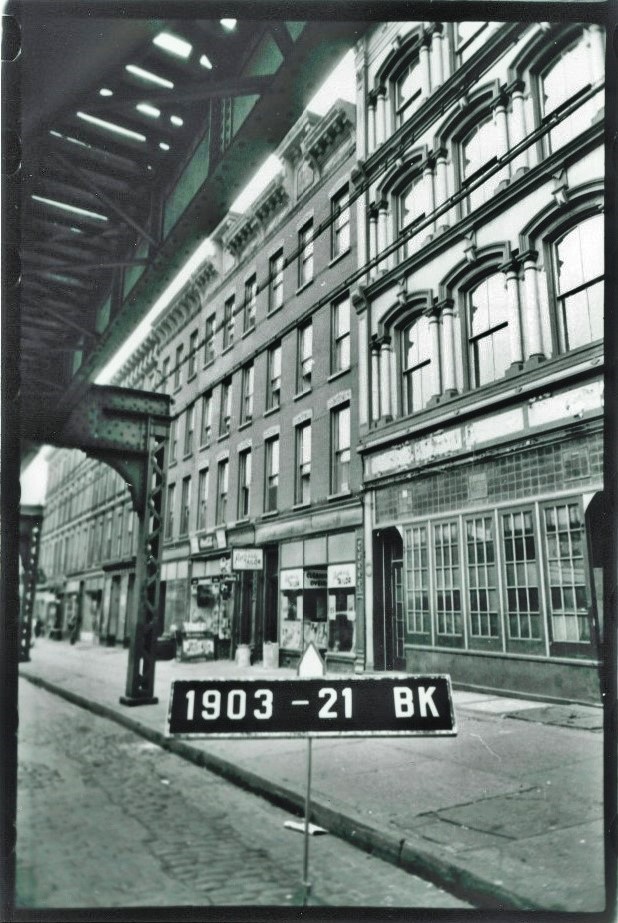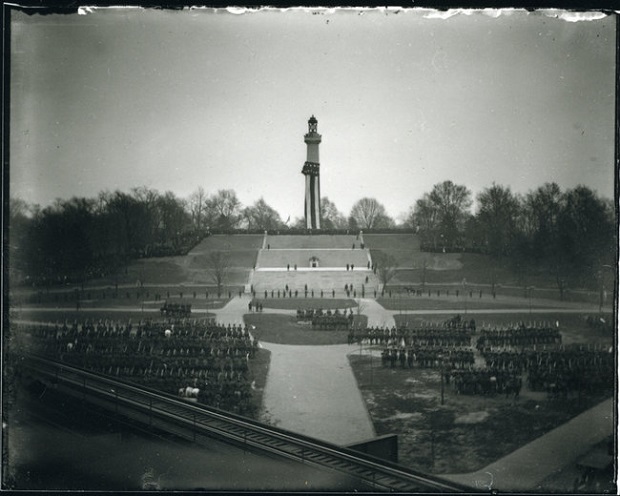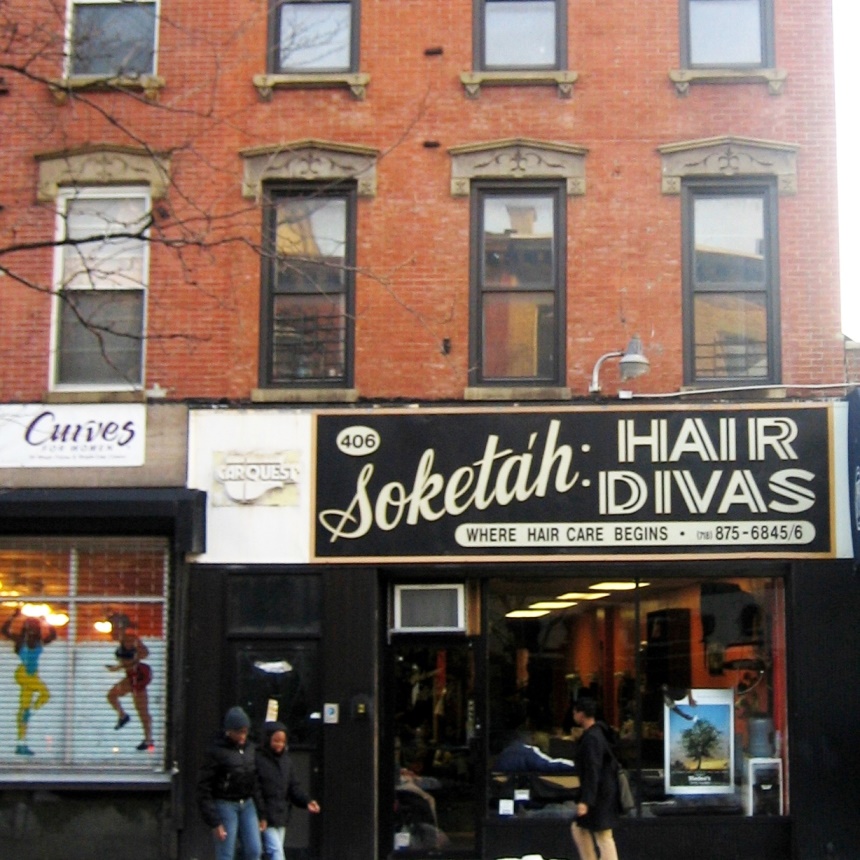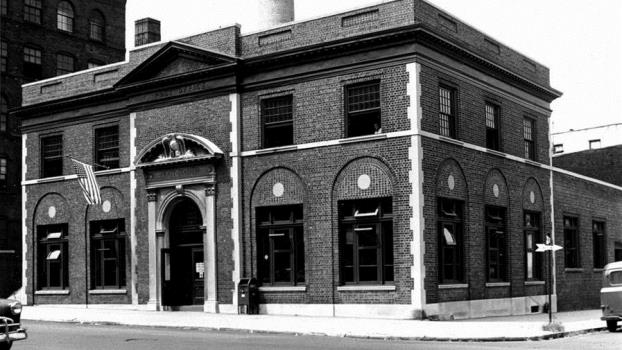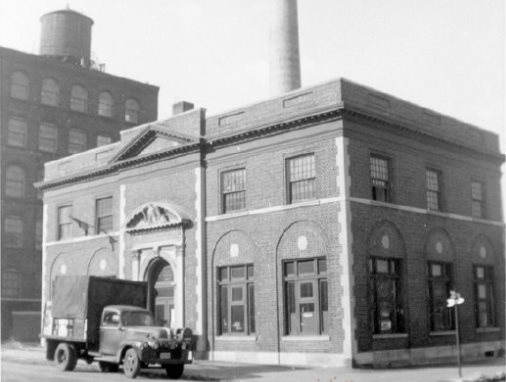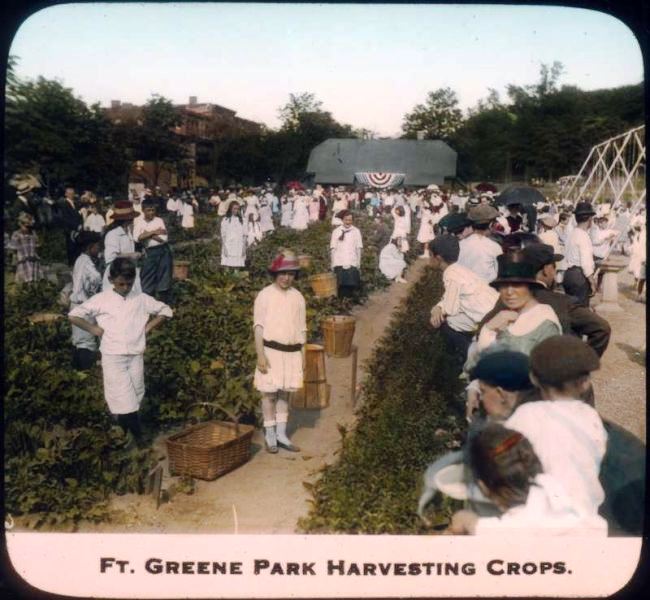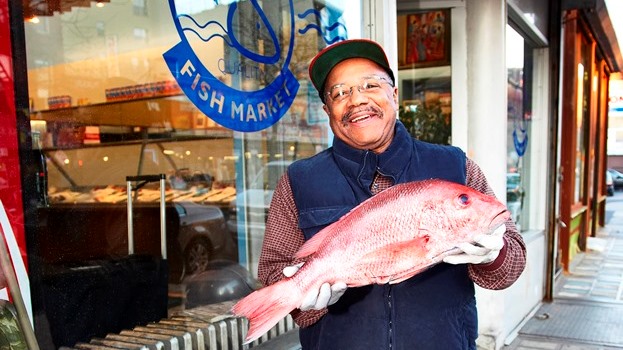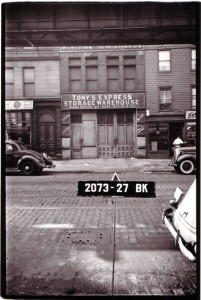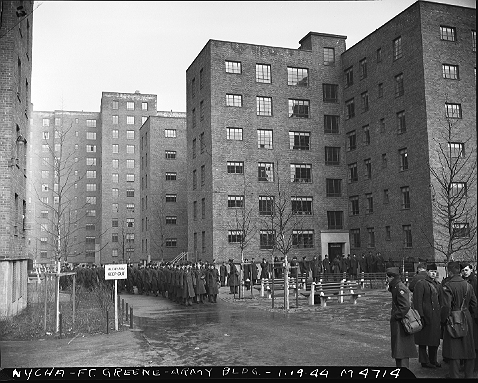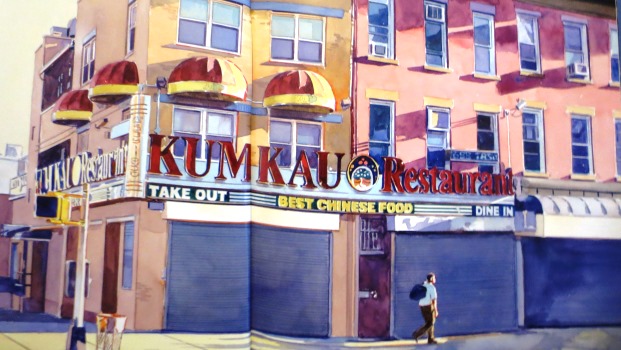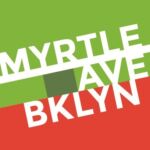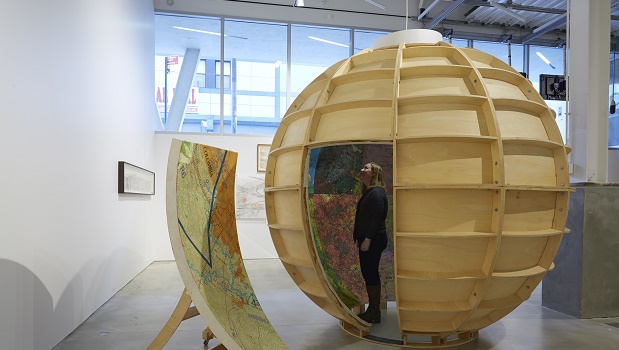 BRIC and Brooklyn Historical Society Present Mapping Brooklyn, an exhibition juxtaposing historic maps with mapping-themed works by contemporary artists. The show is on view at BRIC House, 647 Fulton Street in Downtown Brooklyn from from February 26 to May 3.
BRIC and Brooklyn Historical Society Present Mapping Brooklyn, an exhibition juxtaposing historic maps with mapping-themed works by contemporary artists. The show is on view at BRIC House, 647 Fulton Street in Downtown Brooklyn from from February 26 to May 3.
BRIC and Brooklyn Historical Society (BHS) are pleased to co-present Mapping Brooklyn, a new exhibition featuring contemporary art works that use mapping and cartography as themes alongside actual historic maps. Curated by Elizabeth Ferrer, Vice President of Contemporary Art at BRIC, and spanning the galleries at BRIC House, 647 Fulton Street, and Brooklyn Historical Society, 128 Pierrepont Street, Mapping Brooklyn explores the myriad ways that maps can represent practical matters such as wayfinding, property ownership, population shifts and war strategy, while also navigating the metaphorical, the psychological and the personal. At both venues, historic maps and contemporary works will be in dialogue, suggesting common themes—the desire to explore, chart, and analyze territory—and highlighting the innovative ways that contemporary artists use mapping, cartography and exploration, to reveal data, ideas and emotions.
The historic maps will be drawn from BHS’s collection, one of the richest collections of maps of Brooklyn in the world. Included are fire insurance maps, transportation maps, demographic maps and nautical charts, among others. A colorful pictorial road map to the 1939 New York World’s Fair, a commercial edition of a Red Scare-era map depicting enclaves of suspected radical activity, and a detailed map of one of Brooklyn’s earliest botanic gardens, showing plots of exotic plants and fruits, are among the dozen or so maps and atlases on display.
Artworks will range widely in scale and medium, including painting, photography, drawing, sculpture, installations, interactive projects, and appropriated and manipulated historic and contemporary documents. Many of the artists have conducted research into the BHS map collection and have selected the historic maps that will be shown alongside their work. Participating artists include Aaron Beebe, Daniel Bejar, Francisca Benitez, Gail Biederman, Justin Blinder, Christine Gedeon, Katarina Jerinic, Joyce Kozloff, Laura Kurgan, Peter Lapsley, Jennifer Maravillas, Simonetta Moro, Bundith Phunsombatlert, Jan Rothuizen, Patricia Smith, Nick Vaughan & Jake Margolin, and Sarah Williams.
Works include a monumentally scaled map of Brooklyn by Jennifer Maravillas, made from paper litter collected on epic walks through every block in the borough; a nine-foot diameter walk-in globe painted with aerial maps of sites involved in U.S. military warfare, by Joyce Kozloff; a special project by Amsterdam-based artist Jan Rothuizen, who will retrace the steps a 17th-century Dutch explorer laid years ago and document his modern-day journey with a series of drawings of people and places in contemporary Brooklyn; and digitized maps that study such phenomena as human emotions as tracked and mapped by Foursquare and created by data visualization designer and geographer Sarah Williams.
BRIC Arts | Media House, 647 Fulton Street (at Rockwell Place) in Downtown Brooklyn
Gallery hours are Tuesdays & Thursdays 10am-8pm; and, on all other days, 10am – 6pm.
The gallery is closed Monday. Admission is free.
Brooklyn Historical Society is located at 128 Pierrepont Street (at Clinton Street) in Brooklyn Heights. Museum hours are Wednesday to Sunday, 12 – 5pm.
